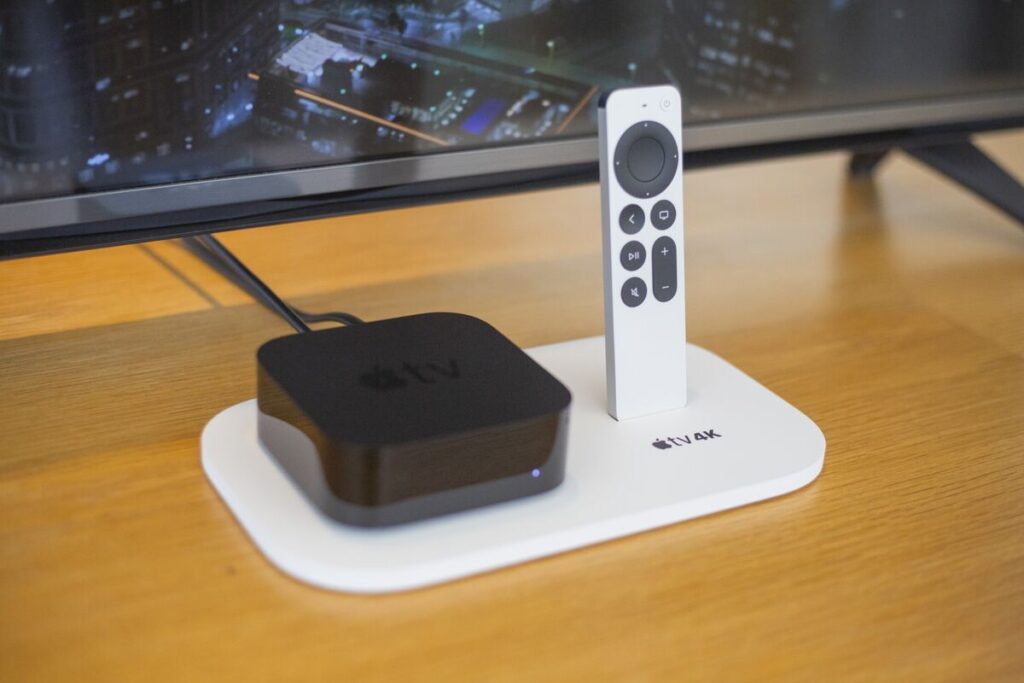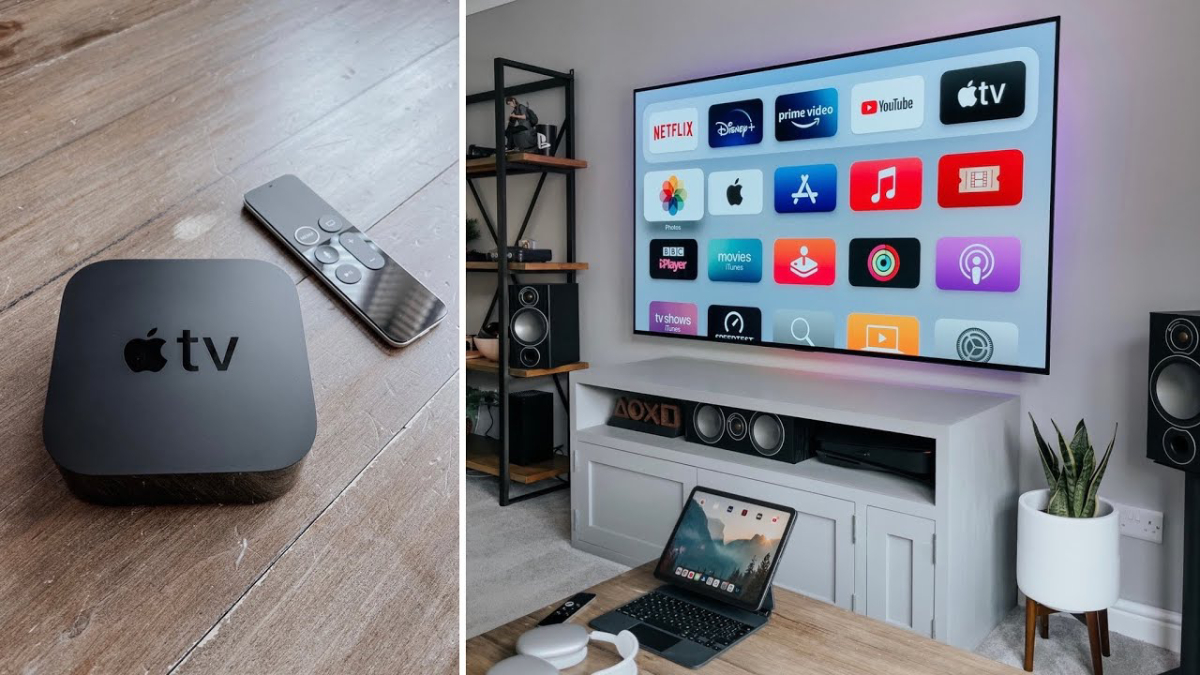
Apple’s New Short Film Celebrates iOS 17 Speech Accessibility Features Directed by Taika Waititi
Apple’s latest short film, directed by acclaimed filmmaker Taika Waititi, spotlights two groundbreaking iOS 17 features designed for speech accessibility: Personal Voice and Live Speech. Personal Voice empowers users at risk of speech loss to create a customized voice that reflects their own, while Live Speech audibly articulates typed phrases. This film follows a heartwarming journey of a young girl and her companion searching for a lost voice, ultimately highlighting a touching moment between a father and daughter who leverage Apple’s speech accessibility tools for communication. Dr. Tristram Ingham, a real-life user of Personal Voice, stars as the father, bringing authenticity to the narrative. Ingham, a physician, associate professor, and disability advocate with facioscapulohumeral muscular dystrophy, demonstrates the significance of preserving one’s authentic voice through this innovative feature. Watch the film on Apple’s YouTube channel or website.
More on accessibility
- Apple Previews iPhone, iPad and Mac Accessibility Features Ahead of WWDC
- PlayStation Access Controller Makes Gaming More Seamless for People With Disabilities
- Google’s Lookout App Adds Detailed, AI-Powered Image Descriptions
- Amazon’s Prime Video Makes It Easier to Hear Dialogue Above Background Sounds
The other highlighted accessibility feature, Live Speech, is available on iPhone, iPad and Mac. It can be used for in-person conversations as well as over the phone and on FaceTime. For example, you could have it say, “Nice to meet you, I’m …” and introduce yourself, or save common phrases like “Can I please get a black coffee?”
The short film debuts ahead of International Day of Persons with Disabilities on Dec. 3, and reflects the growing efforts of tech companies like Apple, Google and Meta to make their platforms, products and services accessible to more people. Other features Apple debuted this year include Point and Speak, which lets users with vision disabilities point to objects with text labels and have their device read that text aloud, and Assistive Access, which is designed for people with cognitive disabilities and offers a more focused device interface to lighten cognitive load.



